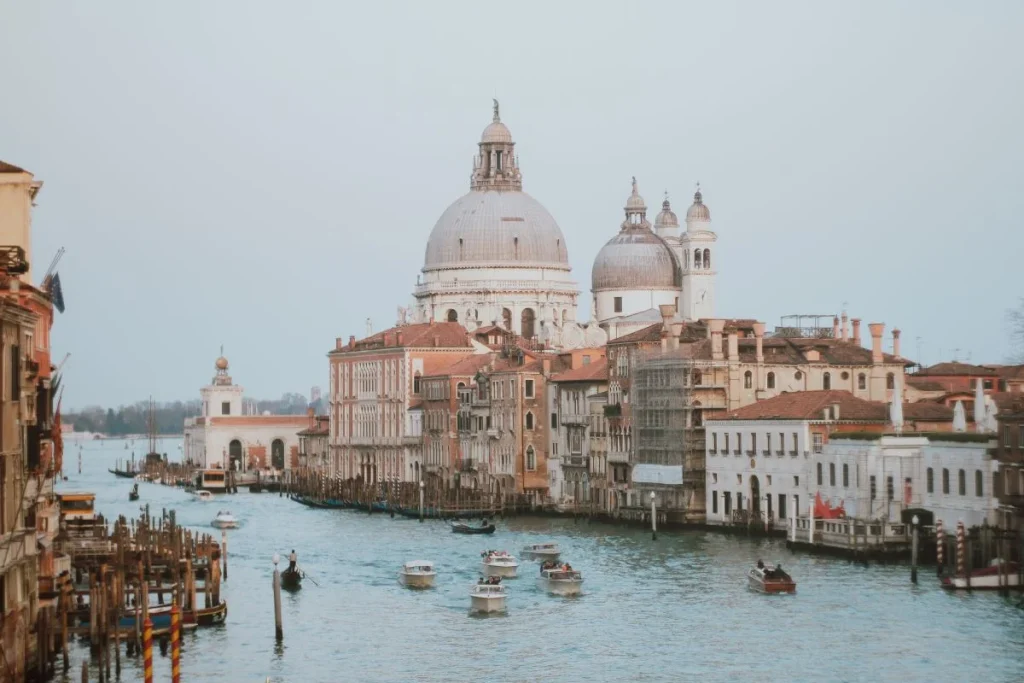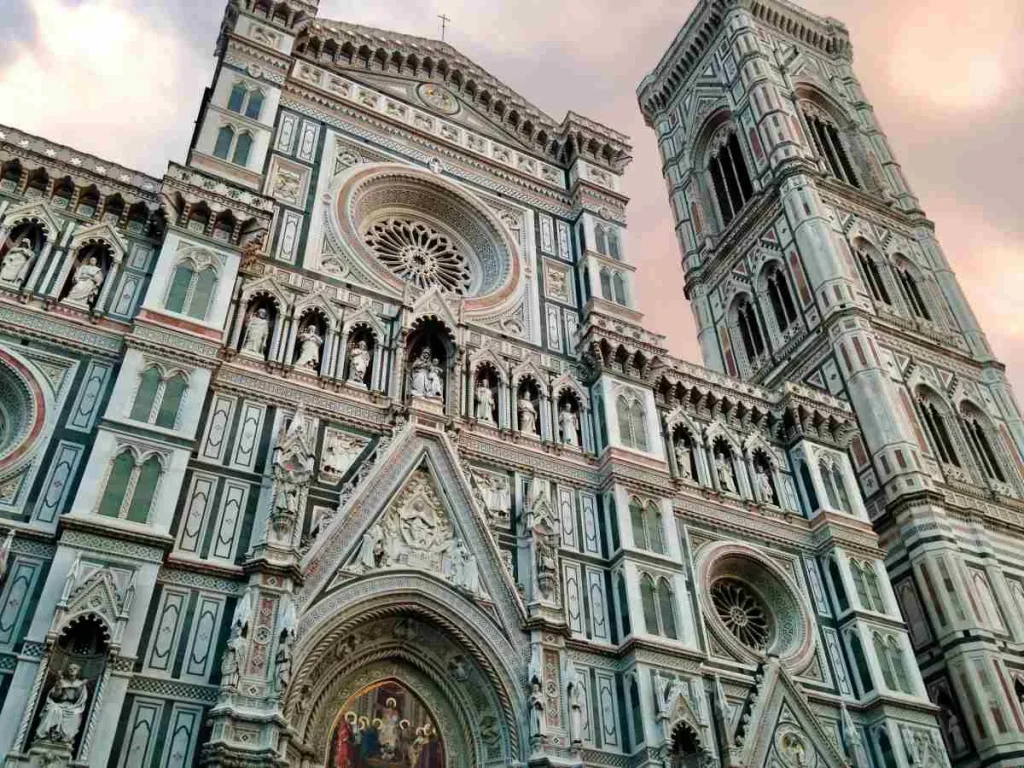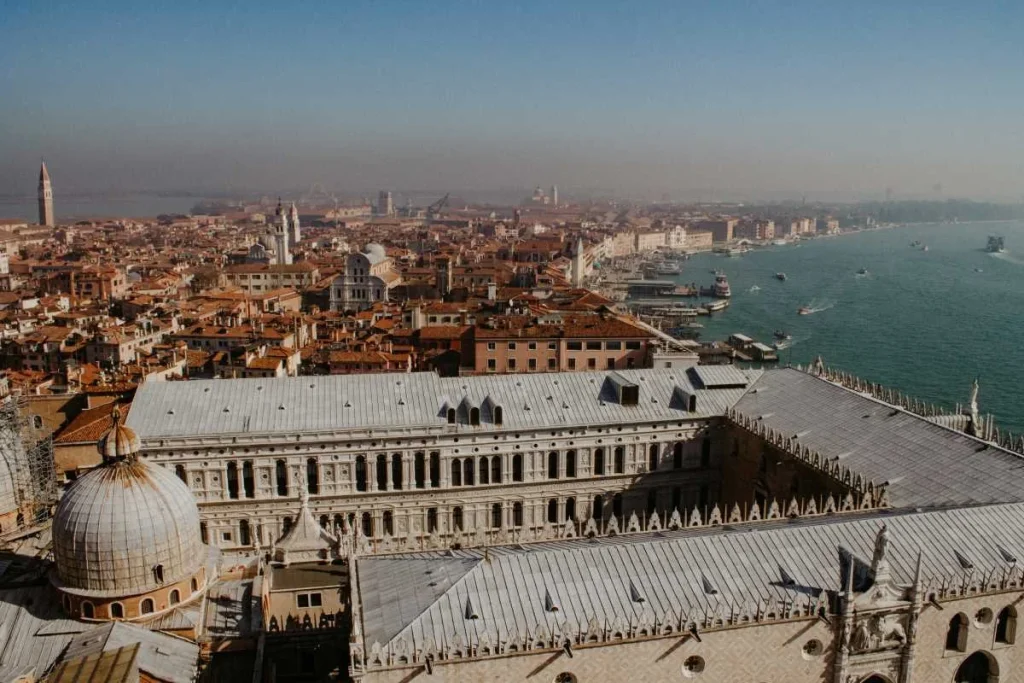Imagine walking through Rome’s lovely streets, gazing up at grand buildings that seem to breathe time. Imagine standing in wonder in front of Florence’s renowned Duomo, or strolling along Venice’s enchanting canals, surrounded by palaces that ooze timeless elegance.
In this article, you are invited to a delightful journey through the iconic styles and influences that have shaped Italian architecture, captivating hearts and minds for centuries. From the ancient wonders of Rome to the opulent palazzos of the Renaissance and the modern creations of Milan, we’ll explore the magic behind Italy’s architectural allure. And see the inspiration of Crown Asia’s subdivision in Cavite thematic community.
Discover the Beauty of One of the Most Captivating Architecture in Italy.

Italy, a country steeped in history, culture, and artistic genius, is home to some of the world’s most captivating architecture. Italian architecture is heavily influenced by the Classical ideals of ancient Greek and ancient Roman civilizations. Italian architecture serves as an endless source of beauty and timeless design principles.
Embrace the beauty of the Renaissance by adopting it in your home.
Step into a world of harmony and refined craftsmanship by adopting the essence of the Renaissance in your home. With graceful arches, symmetrical design, and meticulous details, infuse your living spaces with the timeless beauty and sophistication of this extraordinary era. Unleash the power of rich earthy tones, luxurious materials, and natural light to create a sanctuary that exudes the splendor of Renaissance art and design. Elevate your home to new levels of beauty and grace as you embrace the essence of this captivating period and appreciate the beauty of Italian architecture.
Incorporate features of the Gothic style such as the arches, columns, and pilasters into your home’s facade or interior design. Use materials like stone, marble, or stucco to add a touch of authenticity. Create a sense of grandeur with coffered ceilings, ornate moldings, and beautiful frescoes, reflecting the refined beauty of Renaissance palazzos.
Crown Asia for Everyone With the variety of Italian house designs available to suit everyone’s preferences, individuals who want to experience Italian architecture and interiors will have many options to choose which type of home they want to purchase. Fortunately, Crown Asia has a lot of Italian-influenced villas available to project an Italian lifestyle while still in this country. Every house has its character, but being able to find a home is a different thing. Build a home with Crown Asia as Crown Asia still has plenty of things to offer. May it be in Laguna, Cavite, and many more
Influences of the Gothic Architecture and Its Famous Architectural Styles.

Gothic architecture, which originated back in the 12th century, had a significant impact on European architectural evolution. It featured various unique characteristics and influenced distinct architectural styles and is a product of Italy’s contemporary architects and their constant subversion of urban spaces & structures. Gothic architecture between the past and the present styles has an impact on the world of architecture.
Throughout Italy, from Milan and the city of Venice to the central regions of Florence and Siena, and down to the southern gems of Palermo and Naples, Gothic architecture flourished, leaving behind an awe-inspiring collection of structures that continue to amaze and inspire visitors from around the globe.
In the heart of Milan, the Cathedral of Milan, or Duomo di Milano, stands as an architectural marvel. Its impressive facade, adorned with thousands of intricately carved statues and adorned with delicate spires, beckons visitors to marvel at its grandeur. The interior, with its soaring ribbed vaults, luminous stained glass windows, and a breathtaking view from the rooftop, captures the essence of Gothic architecture in its purest form. The Duomo di Milano stands as the largest Gothic cathedral in Italy, an enduring symbol of the city’s architectural prowess and spiritual devotion.
Moving east to Venice, a city that seems to float on water, Gothic architecture intertwines with Byzantine influences to create a unique and captivating style. The iconic St. Mark’s Basilica, with its ornate facade adorned with intricate mosaics and its towering bell tower, showcases the marriage of Gothic and Byzantine elements. Inside, visitors are immersed in a breathtaking display of golden mosaics, delicate marble columns, and soaring arches, all of which contribute to the enchanting allure of Venetian Gothic architecture.
In Florence, the birthplace of the Renaissance, Gothic architecture played a vital role in shaping the city’s architectural identity. The Florence Cathedral, or Duomo di Firenze, with its distinctive dome designed by Filippo Brunelleschi, embodies a transitional phase between the Gothic and Renaissance styles. Its intricate facade and imposing bell tower stand as a testament to the influence of Gothic design on the city’s architectural landscape.
Beyond the well-known cities, Italy’s smaller towns and villages also bear the imprint of Gothic architecture. In Siena, the Duomo di Siena stands as a testament to the city’s Gothic heritage. Its striking black and white striped facade, intricate sculptures, and impressive interior make it a true masterpiece of Gothic design. In Palermo, the Palazzo dei Normanni, with its stunning Arab-Norman architecture, showcases the fusion of diverse influences, including Gothic elements.
The Influence of Gothic Architecture.

Gothic architecture, with its origins during the 12th century, has left an indelible mark on architectural landscapes all over the world. However, when it comes to the influence and legacy of Gothic architecture, few places can rival the richness and diversity found in Italy. With its abundant cultural heritage, artistic mastery, and architectural splendor, Italy stands as a captivating testament to the beauty and significance of Gothic design.
The influence of Gothic architecture extends beyond individual structures; it has permeated the very fabric of Italian culture and artistic expression. The Gothic Revival movement of the 19th century, with architects like Giuseppe Sacconi and Eugenio Geiringer, rekindled interest in the Gothic style and spurred the restoration and preservation of many Gothic buildings across Italy. Late 16th century The Italian Renaissance began, being an artistic, political, architectural, cultural, and social movement, originating in Tuscany. Italian architecture is heavily influenced by the Classical ideals of ancient Greek and ancient Roman civilizations.
In conclusion, Gothic architecture in Italy stands as a testament to the country’s rich cultural heritage, artistic genius, and architectural innovation. From the awe-inspiring cathedrals of Milan and Venice to the lesser-known gems scattered throughout the Italian countryside, Gothic architecture has left an indelible imprint on Italy’s architectural landscape. Through its towering spires, intricate details, and spiritual transcendence, Gothic architecture continues to captivate and inspire, inviting visitors to marvel at the timeless beauty and enduring legacy of this remarkable architectural style.
Related Blog: Everything You Need to Know About Traveling in Italy

